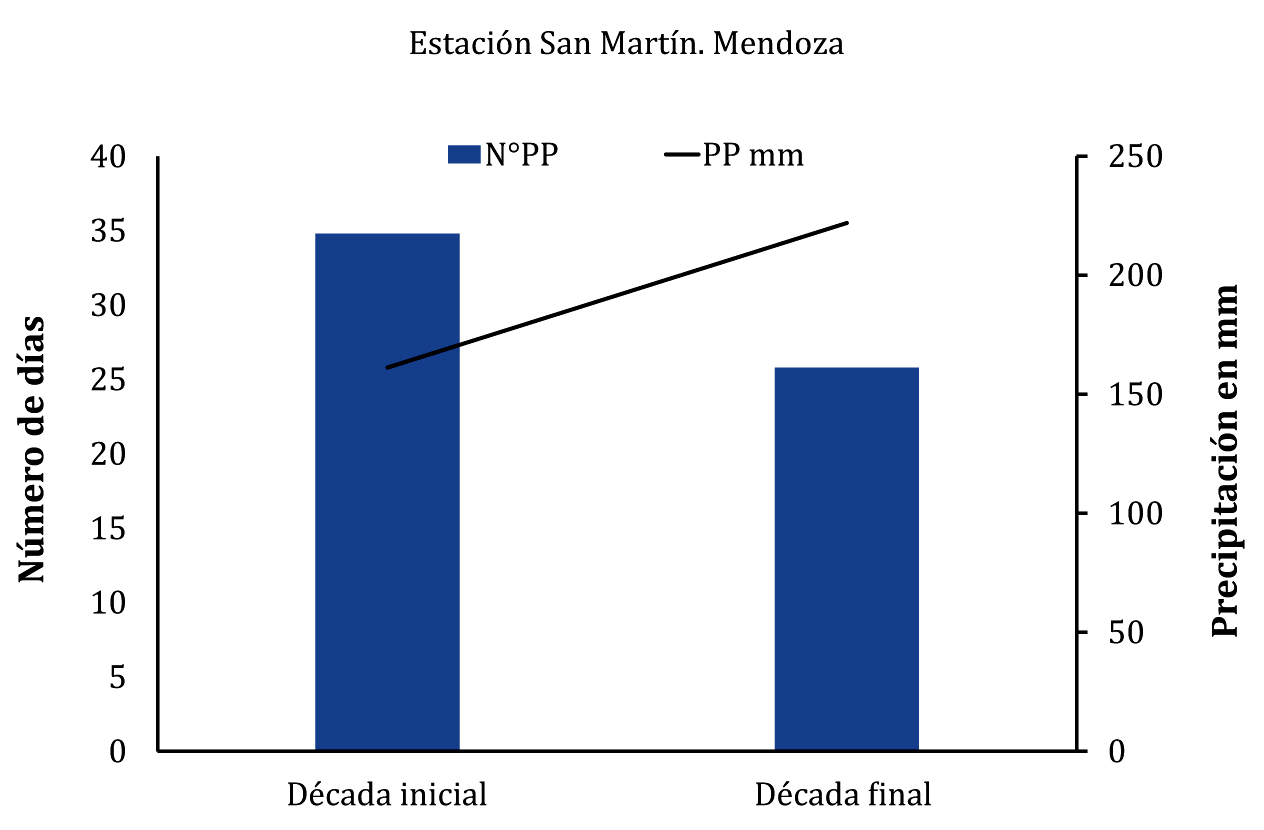Climate change impact in Mendoza. Climate variation on the last 50 years. A view to grapevine physiology
Keywords:
climatic change, temperatures, rainfall, vineAbstract
The IPCC has predicted changes manly in temperature, rainfall and extreme events. Rises in earth surface temperature of 0.6 ± 0.2ºC has been already detected during 20th century. Plant physiology, productivity, and phenological cycle depend on climatic conditions. In this work meteorological series comprising 50 years of three productive oasis (Mendoza, Argentine) were analyzed, through climatic and ecological indexes. Were compared statistically in two decades of the whole series (a beginning one and a final one), and their variation over time was analyzed by lineal regression. Comparative analysis of the two decades showed different changes according the studied zone. The East zone showed the highest number of indexes which might affect viticulture suffering variation. On the North and South zone, the number of indexes showing variation had been lower compared to the East zone. To know the climatic changes that occurred at local level, their magnitude on the last 50 years and their tendency will allow to evaluate their possible impacts on vine physiology, phenology modification, sugar accumulationand phenolic compounds as well as to elaborate new assays and strategies in order to mitigate their negative effects.

Downloads
Published
Issue
Section
License
Aquellos autores/as que tengan publicaciones con esta revista, aceptan las Políticas Editoriales.


